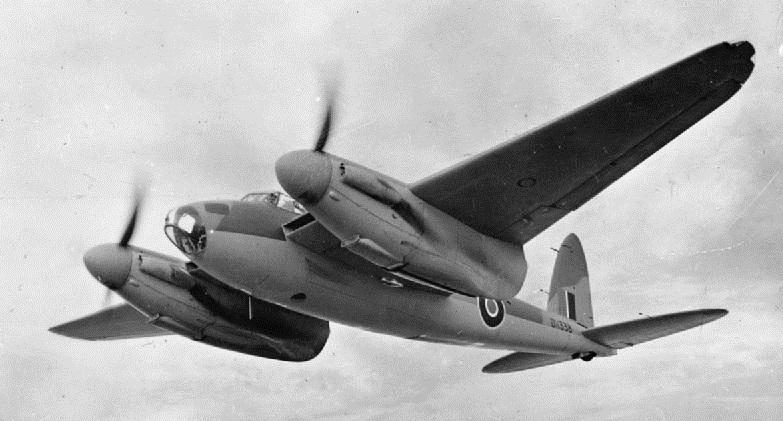
There’s been a slew of criticism recently of Russian and Saudi bombing of civilian areas during Middle East conflicts. And there’s evidence that the Russian bombing campaign in particular isn’t going out of its way to avoid destruction of civilian targets, with a predictable loss of life. If we can take Russian supplied videos of bombing missions over Syria at face value, the delivery of a stick of unguided ‘gravity bombs’ is a long way from precision targeting of targets identified by intelligence as terrorist related.
In contrast, it hasn’t been unusual for missions flown by the US and its allies to return with unreleased precision weapons because targets couldn’t be reliably identified. Even with recent more permissive rules of engagement, weapons release is authorised only against IS or its support elements.
That’s not to say that western air strikes haven’t also hit civilian targets in both Iraq/Syria and Afghanistan, killing non-combatants in the process. And in at least one incident, when a Doctors without Borders hospital in Kunduz was attacked by a USAF gunship, the litany of errors involved in the coordination of the attack doesn’t inspire confidence in the supporting decision making processes.
That’s not to draw a moral equivalence between the Russian and coalition activities. Hitting the wrong target with precision weaponry, however tragic the outcome, is clearly less reckless and less dismissive of the established norms of warfare than delivering unguided weaponry into civilian areas. But the level of restraint shown by western forces in recent conflicts hasn’t always been the case. And it’s salutary to ponder the approach taken in the strategic bombing offensive during WW2, if only to remind ourselves how even a principled society can shift from the higher moral ground.
I was taken down this line of thought by a remark made to me by an aviation writer friend recently, that the only bomber in production in Britain by 1944 should have been the De Havilland Mosquito. We’d been talking about the cost effectiveness of weapons delivery at the time, and he pointed out that the twin-engined Mosquito could deliver a significant tonnage of bombs more accurately and with fewer losses per ton of bombs delivered than the larger (and thus more resource intensive) four-engined Lancasters and Halifaxes that formed the bulk of the RAF’s Bomber Command. As well, the Mosquito had a crew of two, versus seven in the ‘heavies’.
He was right, as the RAF’s own data (in a 1944 paper Note on the employment of the Mosquito aircraft in the strategic bomber offensive, reprinted in this book) shows:
‘Weight for weight, the small losses at present being incurred by Mosquito bombers give them an outstanding advantage over the heavy bomber. Mosquitoes dropped 203 tons of bombs per aircraft missing… the figure for the heavy bomber was 70 tons. [In terms of] aircrew missing per tons dropped [the advantage is ten to one]’.
The Mosquito also had superior availability due to lower maintenance requirements and could fly twice as many sorties per month per aircraft. They were also capable of higher precision than the heavy bombers—which is why Mosquitoes were often used as ‘pathfinders’, laying flares to guide the other aircraft to the target.
So why wasn’t my friend right—why was the significantly less efficient heavy bomber force kept flying right to the end of the war in Europe? One answer might be that it would disrupt production to swap types being produced in the aircraft factories, but the much lower materiel input requirements for Mosquito production would tend to offset that. The RAF’s answer can be found in the same document:
‘The Mosquito is not at present capable of carrying a useful load of incendiary bombs. Up to 70% of the damage in area attacks is caused by fire and the attack of cities by [high explosives] alone would normally be unprofitable.’
In other words, the Mosquito was less useful when the aim was to raze a city to the ground, killing and displacing its civilian population, rather than directly attacking military targets and industrial plants producing weapons. Britain started WW2 believing that bombing civilians was wrong. But in the first years of the war British bombers struggled to find German cities, let alone conduct strikes against industrial areas within them. So the strategic bombing campaign evolved into a campaign to level German cities, destroying industrial capacity in the process and, by killing a great many people, to break the will of the German people to resist. While there was a big effect on industrial output, civilians paid a high price. The aptly named 1943 Operation Gomorrah created a firestorm that killed 40,000 people in Hamburg, and as late as February 1945 another firestorm killed 30,000 people in Dresden.
Physicist Freeman Dyson, who worked for Bomber Command in operations analysis, describes how far the British moral compass had swung (video interview here):
‘The Germans had good air raid shelters and warning systems and did what they were told. As a result, only a few thousand people were killed in a typical major attack. But when there was a firestorm, people were asphyxiated or roasted inside their shelters, and the number killed was more than 10 times greater. Every time Bomber Command attacked a city, we were trying to raise a firestorm…’
So in opting against a Mosquito-based force, Bomber Command effectively opted for the widespread destruction of civilian areas over a more focused approach of attacking war-supporting industrial targets, even when the technical means to do so had emerged.
That all happened in a time of total war against an iniquitous enemy, and while we might think we’re better than that now (and I think we’re right to criticise the Russian approach in Syria), we don’t know what might happen in a ‘backs to the wall’ war. The lessons of history tell us that we need to be on guard, because it’s possible to slip into a regime where the proscriptions against abhorrent behaviour give way.